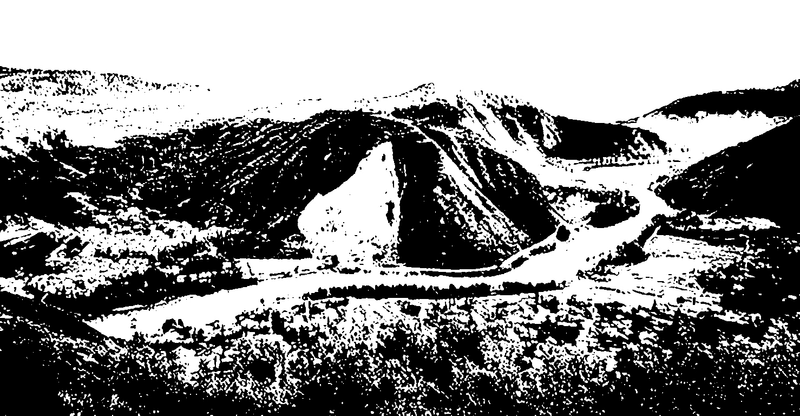- Regular
- Rs.20
- Sale
- Rs.20
- Regular
- Rs.20
- Unit Price
- per

An Evolution From Tradition To Fashion.
Our journey began in the 19th century in Baramullah District of Kashmir, when our ancestor, Honourable Khawaja Feroz-ud-din, took the initiative to introduce the business of weaving shawls on a small scale. Later, in 1880, his son, Khawaja Nizam-ud-din, took on the heritage with Indian (Subcontinent) characteristics, and he along with his family was compelled to relocate south for survival owing to lengthy periods of famine and drought. The Kashmiri Shawl's popularity and significance peaked in the late 19th and early 20th centuries, and it became the most profitable business for craftsmen. Traditional arts such as hand embroidery, marble inlay work, and architecture also flourished during this time.
This also laid the foundation for Khawaja Nizam-ud-Din's Shawl Industry in Amritsar, Punjab. In 1905, Khawaja Muhammad Yaasin, the heir of Khawaja Nizam-ud-Din, took over this business with the same commitment and dedication. He followed in the footsteps of his forefathers, later migrating to Lahore in the newly founded state of Pakistan, where he reestablished the business once again.
Khawaja Muhammad Muzammil, the firstborn of Khawaja Muhammad Yaasin and his brothers, Latif Akhtar Butt accompanied by Sadique Akbar Butt, established "Khawaja Brothers" in 1933, which was subsequently renamed Sarwat in 1977.
This golden heritage was later inherited by Khawaja Muhammad Muzammil's children and grandchildren in 1956, including Isar Ahmad Sarwat and his sons Salman Isar and Omer Isar. Later in 2021, SAROSH ISAR took the initiative to take this precious history to the next level by renovating the brand while maintaining traditional values and conventions under “SAROSH ENTERPRISES”.
Since Millennials have a great consciousness, perhaps more than any other generation, Sarwat's Millennials wish to preserve their cultural heritage along with adoption of New Media and Technologies. Thus, they realize today that a handcrafted shawl, carrying a legacy of the centuries is far more valuable than fast fashion. They are taking forward the legacy with its true colors and emotions, keeping the ancestral heritage alive. They believe that innovation is key to keeping the craft alive as is maintaining its original essence and quality.
7 Glorious Generations Leading to Brand Sarwat and the Timeline that indicates their entry into this field: